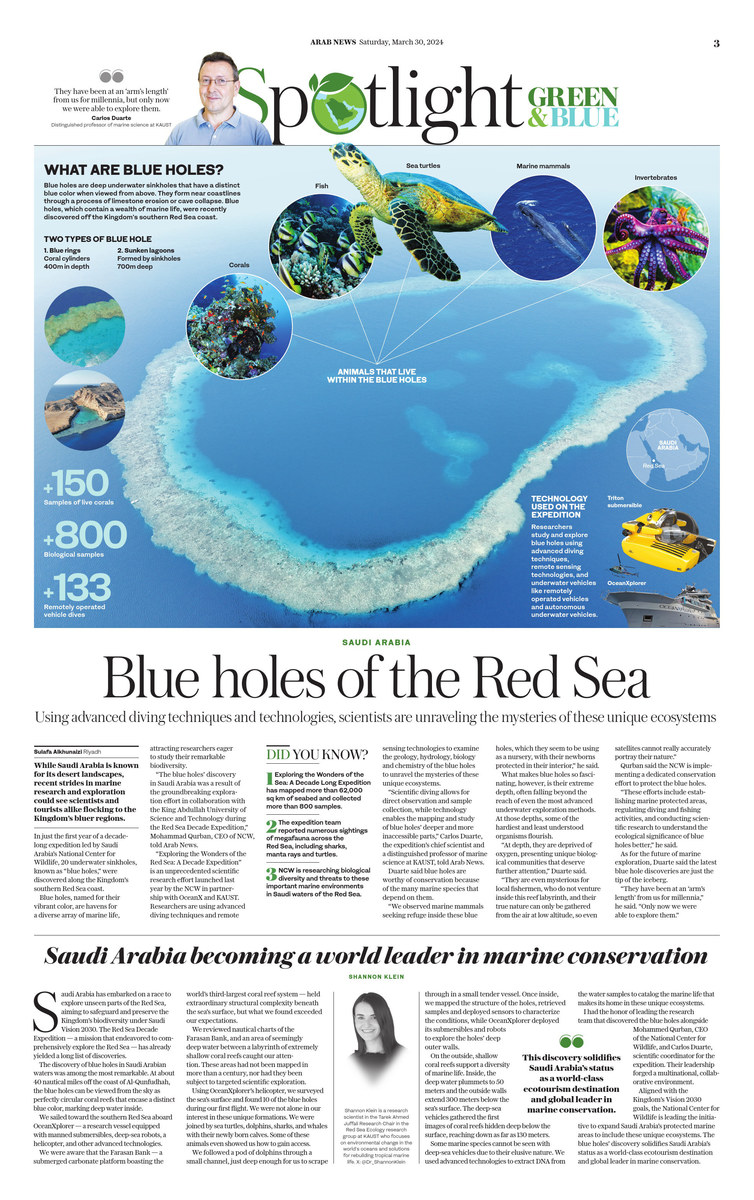How Saudi Arabia supports cutting-edge research into the unique marine environments of the Red Sea – blue holes
RIYADH: While Saudi Arabia has long been known for its ancient sites, distinctive culture and vast desert landscape, recent strides in marine research and exploration may soon lead to a flock of scientists and tourists alike to the kingdom's bluest regions.
In just the first year of a decade-long expedition led by the National Wildlife Center in Saudi Arabia, 20 extremely deep underwater craters, known as “blue holes,” have been discovered along the kingdom’s southern Red Sea coast.
Blue holes, named for their vibrant color, have long been known as havens for a variety of marine life, attracting researchers eager to study their remarkable biodiversity and recreational divers drawn to their profound natural beauty.
Muhammad Qurban, CEO of the National Council for Women, said that the discovery of blue holes represents a milestone in the Kingdom’s exploration of marine ecosystems.
He told Arab News: “The discovery of blue holes in Saudi Arabia was the result of pioneering exploration efforts in cooperation with the King Abdullah University of Science and Technology during the Red Sea Decade expedition.”
“Exploring the Wonders of the Red Sea: A Decade Journey” is an unprecedented scientific research expedition launched by the National Council for Women last year in partnership with OceanX and King Abdullah University of Science and Technology.
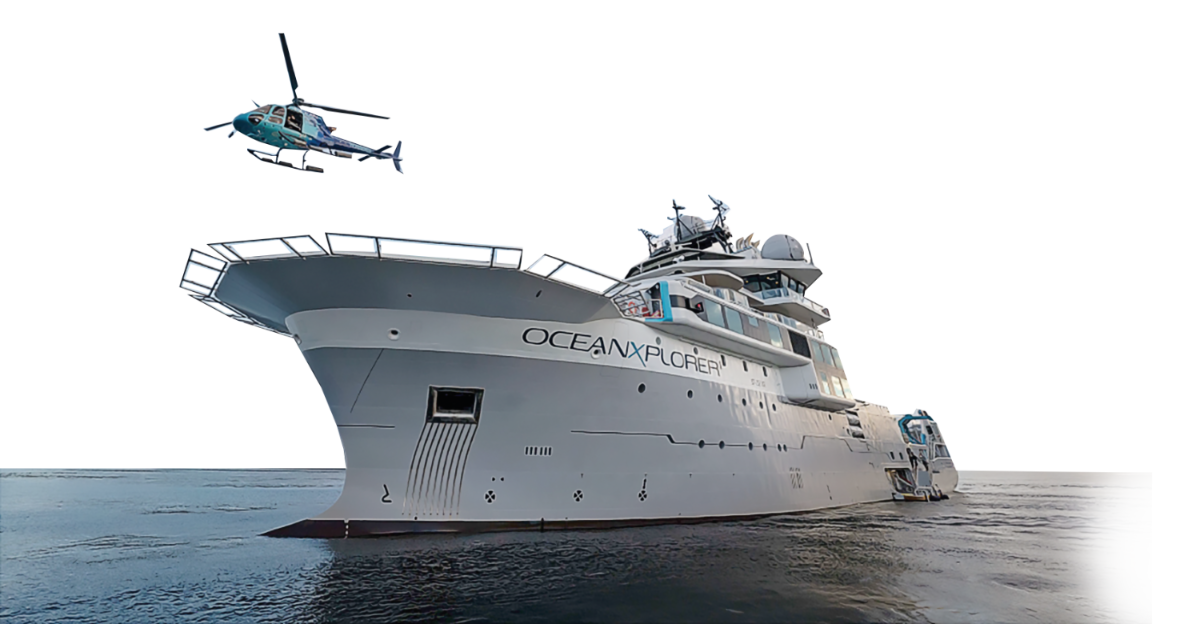
Ocean Explorer. (NCW photo)
Researchers use advanced diving techniques, remote sensing techniques, remotely operated vehicles, and autonomous underwater vehicles to examine the geology, hydrology, biology, and chemistry of blue holes to uncover the secrets of these unique ecosystems.
“Scientific diving allows for direct observation and sample collection, while the technology allows mapping and studying the deep, inaccessible parts of blue holes,” Carlos Duarte, the mission’s chief scientist and distinguished professor of marine sciences at KAUST, told Arab News.
Duarte is credited with identifying a previously unexplored area on the Kingdom's Red Sea coast, extending north from Jizan to Al-Laith, as an area of potential importance for marine conservation.

Researchers are using advanced diving techniques to examine the biology and chemistry of blue holes. (NCW photo)
“This is a maze of coral reefs, which I explored over the course of a few years using a research vessel belonging to the King Abdullah University of Science and Technology,” he said.
“It is an arduous task to venture into this maze, as it has very shallow areas adjacent to deeper areas. On one occasion, the bow of the ship was directly above the emerging coral reef, but the depth sounder, located 15 meters towards the stern, was reading 750 meters .
He must have been next to a blue hole without knowing it, “because we didn't have the necessary underwater mapping equipment at that time,” Duarte said.
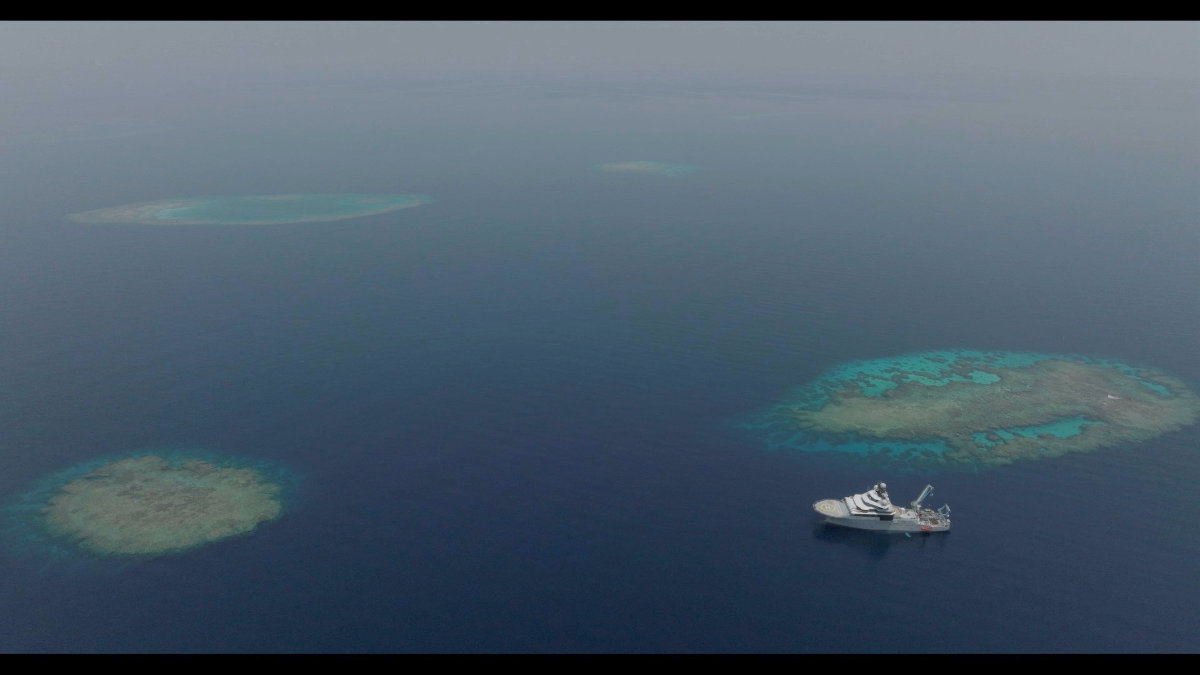
In a decade-long expedition led by the National Wildlife Center of Saudi Arabia, 20 extremely deep underwater craters, known as “blue holes,” were discovered along the kingdom’s southern Red Sea coast. (NCW photo)
“Hence, I targeted this area in designing the Red Sea Decade Expedition – the most ambitious exploration of the Saudi Red Sea to date, led by the National Wildlife Centre, where I served as Chief Scientist and we had the right platform. The advanced research vessel OceanX to explore this region.”
As a result of this latest mission, researchers believe they have identified two types of blue holes: blue rings and sunken lakes.
Blue rings are cylinders of coral rising from a depth of about 400 meters and topped by a ring of coral that extends to the surface, while sunken lagoons are formed by the collapse of carbonate platforms and can be up to 700 meters deep – or perhaps deeper. .
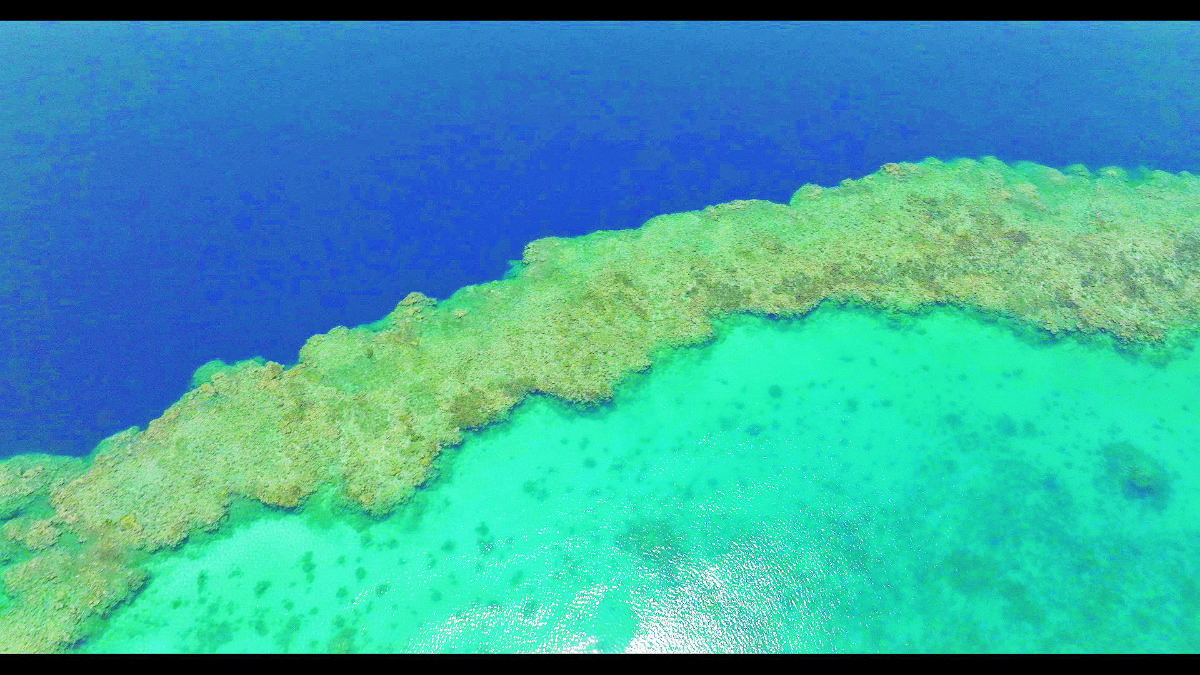
A closer view of the blue ring of cylinder coral rising from a depth of about 400 metres. (NCW photo)
“We explored using an advanced ship, submarines, deep-water robots, a shallow mapping vessel and a helicopter, along with advanced sequencing technology,” Duarte said.

Carlos Duarte
He added: “The National Wildlife Center is planning a subsequent expedition to explore and map the many blue holes that we were unable to explore, as the preservation of this natural treasure must rely on the best possible data.”
Blue holes deserve special attention from conservationists because of the many endangered marine species that depend on them, Duarte said.
“These are unique features, a few of which have been described elsewhere in the ocean, but not in the number and size of blue holes in the Saudi Red Sea,” he said.
“We have observed marine mammals seeking refuge within these blue holes, which they appear to be using as a nursery, with their newborns protected within.
“Blue holes contribute in a multifaceted way by revealing the geological processes that drive the dynamics of carbonate platforms and express the limits of marine life environments through the extreme conditions they present.
“It also provides evidence of the importance of physical shelter for vulnerable marine life, thus guiding conservation efforts.”
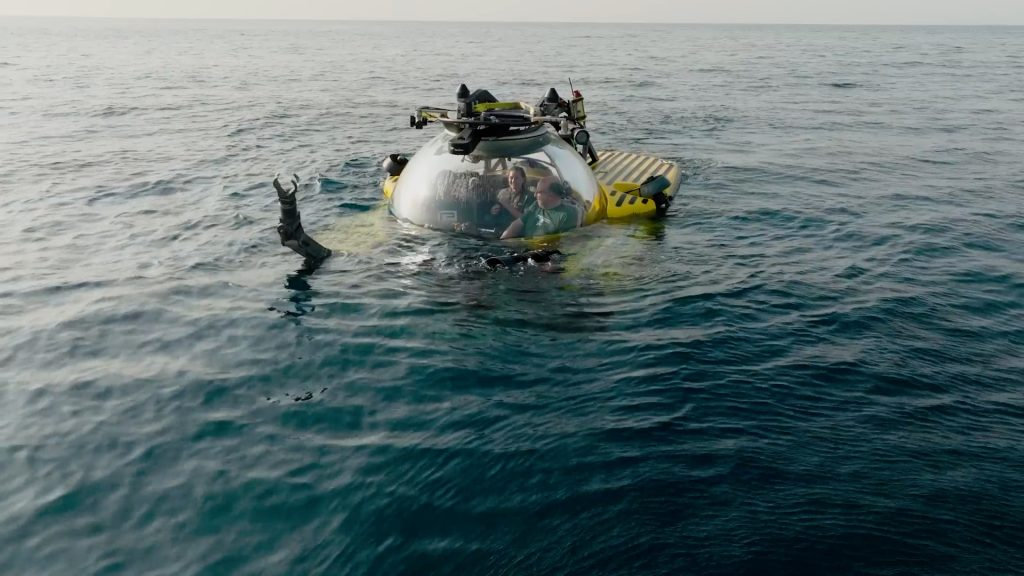
Researchers are also using remote sensing techniques, remotely operated vehicles, and autonomous underwater vehicles to examine the biology and chemistry of blue holes. (NCW photo)
However, what makes blue holes so fascinating is their extreme depth, much of which is beyond the reach of even the most advanced underwater exploration methods. At those depths, some of the most difficult and least understood organisms thrive.
“At depth, they are deprived of oxygen, representing unique biological communities that deserve more attention,” Duarte said.
“It is mysterious even to local fishermen, who do not venture into this maze of coral reefs, and its true nature can only be gathered from the air at low altitudes, so even satellites cannot accurately depict its nature.”
Did you do Known?
• Exploring the wonders of the sea: A decade-long expedition mapped more than 62,000 square kilometers of seafloor and collected more than 800 samples.
• The expedition team reported numerous sightings of large animals across the Red Sea, including sharks, manta rays, and turtles.
• The National Council for Women conducts research on biodiversity and the threats facing these important marine environments in Saudi waters in the Red Sea.
Given the rare properties of these environments and the precious species that depend on them, Qurban said the NCW is implementing dedicated blue hole conservation efforts aimed at protecting blue holes.
“These efforts include establishing marine protected areas, regulating diving and fishing activities, and conducting scientific research to better understand the environmental importance of blue holes,” he said.
The environmental goals of these missions are in line with the Kingdom's Vision 2030 for social reform and economic diversification plan, launched by Crown Prince Mohammed bin Salman in 2016, and the Saudi Green Initiative, which was established in 2021.
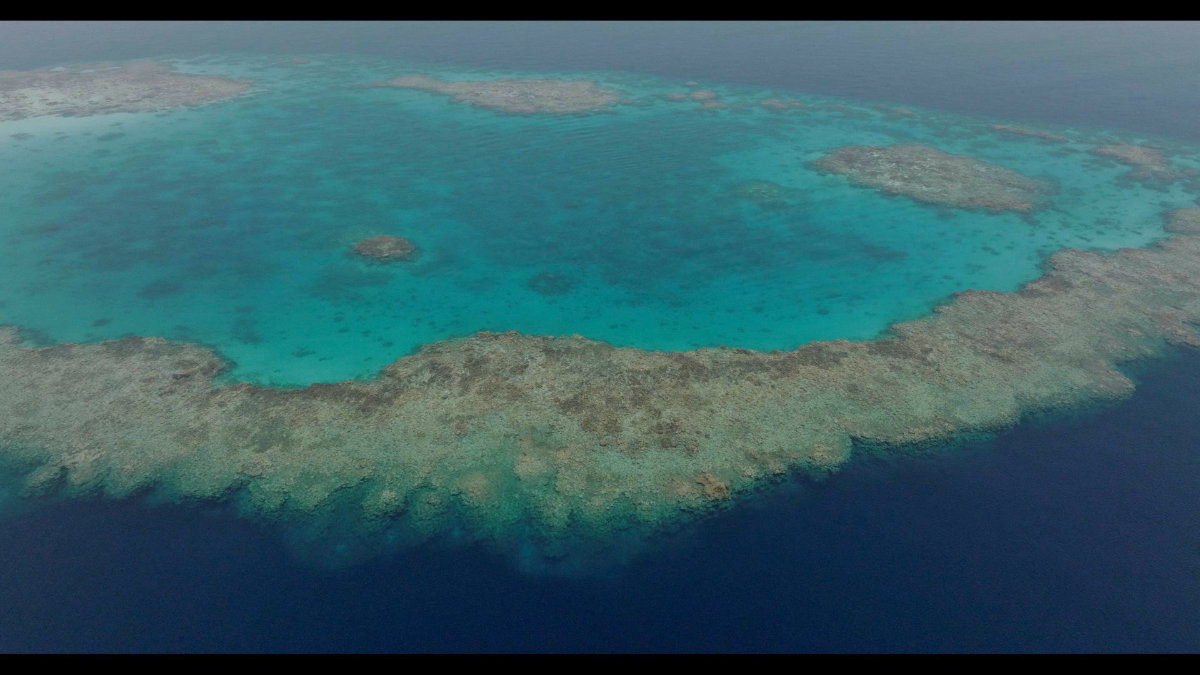
With the discovery that precious species depend on blue holes, the National Council for Women is making dedicated efforts to conserve them. (NCW)
“The National Wildlife Center is working to preserve 30 percent of the Red Sea’s waters as protected areas by 2030, in addition to closely cooperating with local environmental agencies, marine conservation organizations, research institutions, and stakeholders to develop and implement a comprehensive conservation strategy aimed at protecting blue holes. “
As for the future of Saudi marine exploration in the Red Sea, Duarte said that the latest blue hole discoveries are just the tip of the iceberg.
“They have been at a distance from us for thousands of years, but we are only now able to explore them,” he said.
“What we found is just the beginning, as many of them still need to be explored, and the ones we do manage to explore may not be the most amazing.”
